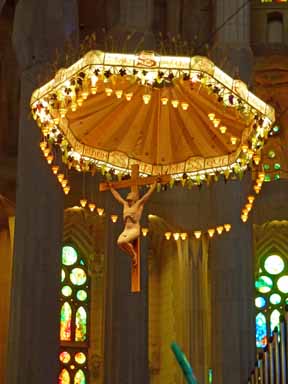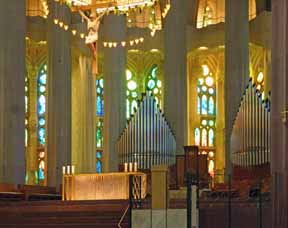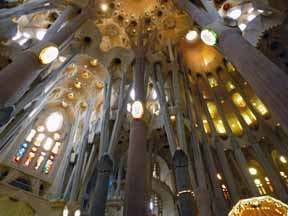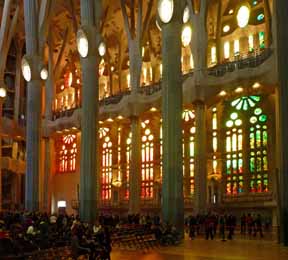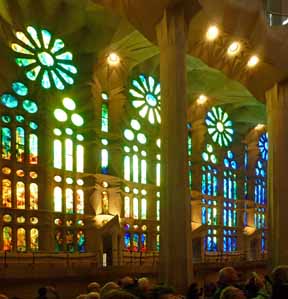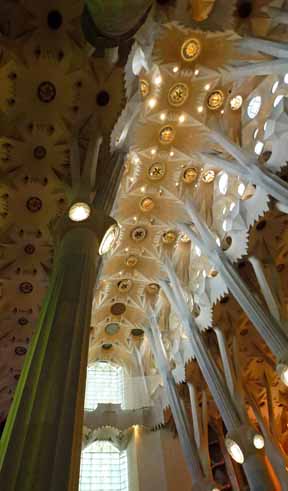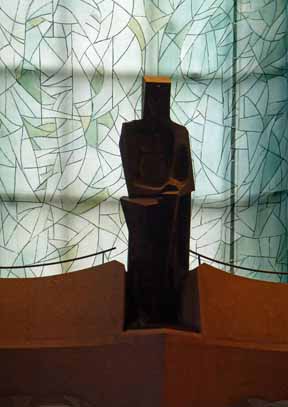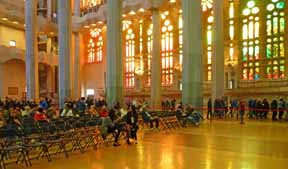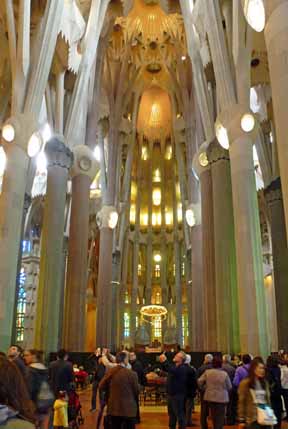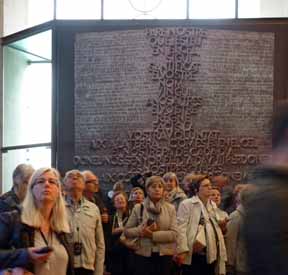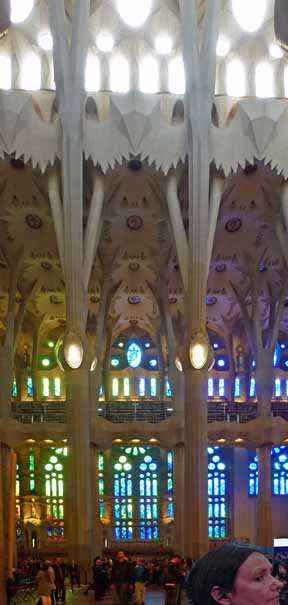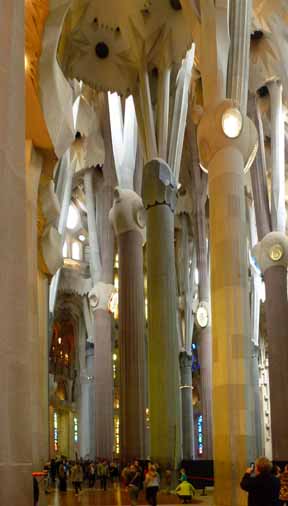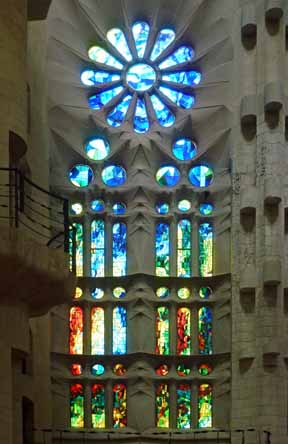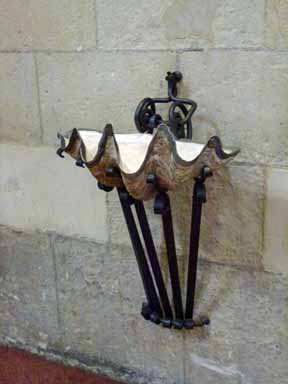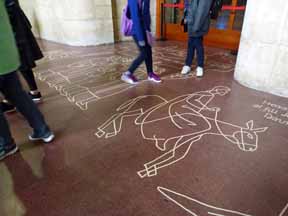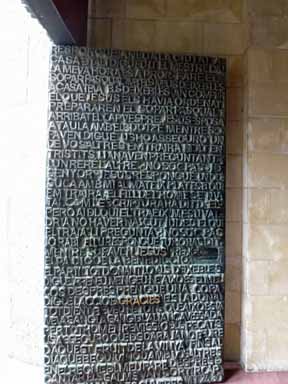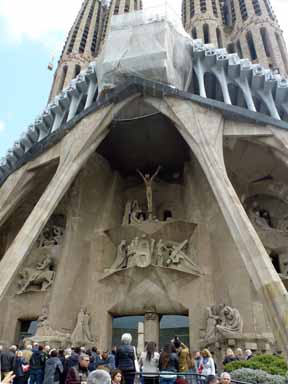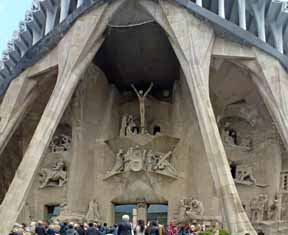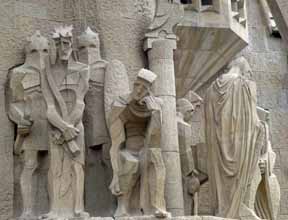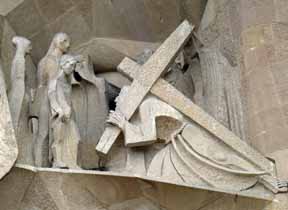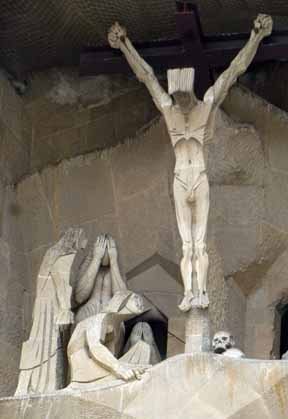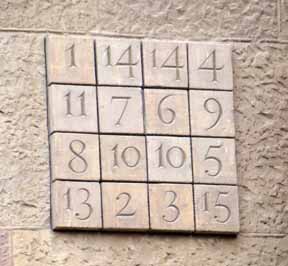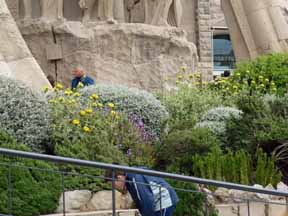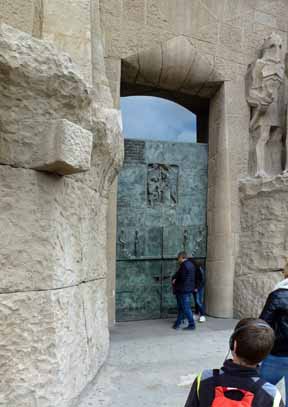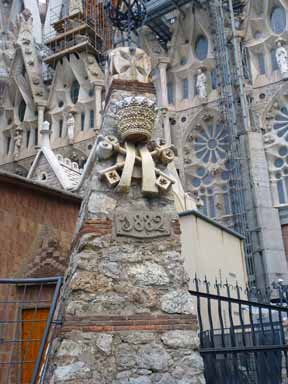April 29 and 30, 2016 — Barcelona, Spain

the flag of Spain
Capital of the autonomous region of Catalonia, Barcelona is the second-largest city in Spain and Europe’s largest metropolitan area along the Mediterranean Sea. Legend attributes the city’s founding to the mythological Hercules, but historians believe the city was originally founded by the ancient Carthaginians around the third century BC. Since that time, Barcelona and the Catalonian region have flown under many flags. From the Romans and the Visigoths to the French and native Catalonians themselves, Barcelona’s rich and varied history remains evident in the architecture and cultural pastiche of its warm and inviting people.
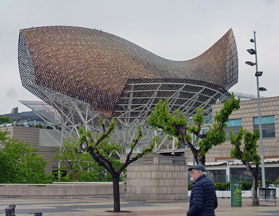
big fish by Frank Gehry
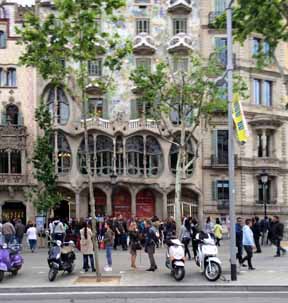
casa Batló by Gaudi
We arrived from Norwich, England, so we didn’t have a time difference to fight. We were met at the airport in Barcelona and driven by Ruiz to our hotel, the Hotel Barcelona Center. On the way we saw some Gaudi houses that we will visit later.
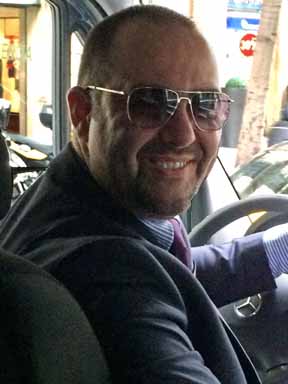
our Barcelona bus driver, Gabi
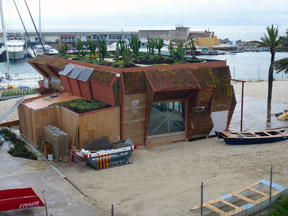
small building in the Barcelona port with a substantial roof garden
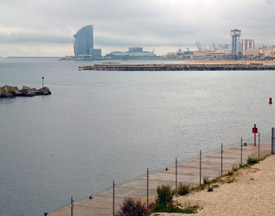
Barcelona's beach, showing part of the city in the background
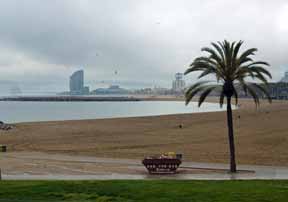
Barcelona's beach, showing part of the city in the background

Barcelona marina
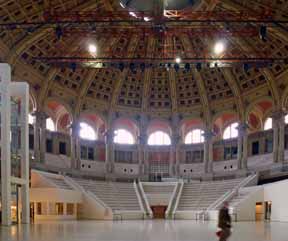
The great ballroom of the Catalan Art Museum at the top of Mont Juic
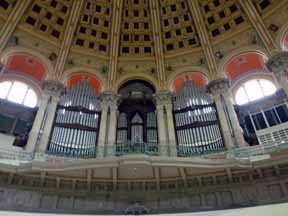
the organ of the great ballroom of the Catalan Art Museum at the top of Mont Juic

Panorama of Barcelona looking out from the Catalan Art Museum atop Montjuic Hill
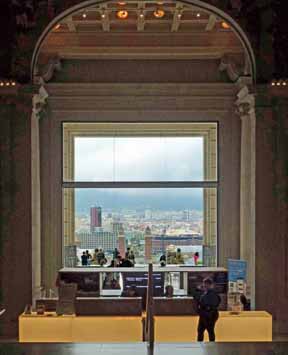
looking out from the Catalan Art Museum to the city

Barcelona's bullring — now used as a shopping center
April 29 and 30, 2016 — Gaudi Houses
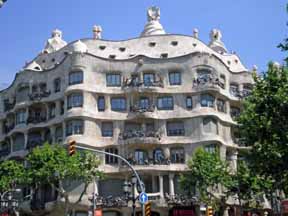

Viviane Tavares speaks to us
about Gaudi's architecture
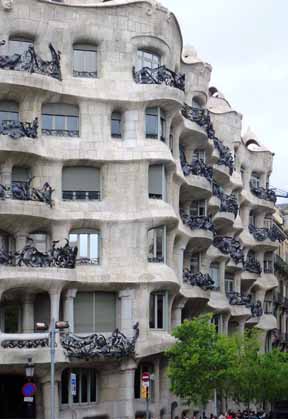

balcony detail of Casa Milá by Gaudi
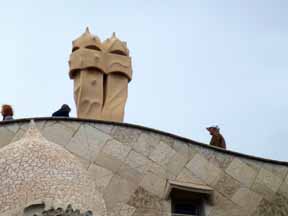
people walking on the roof of Casa Milá by Gaudi
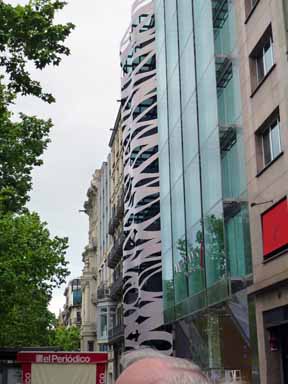
a close-by building NOT done by Gaudi, but I think he would have liked it

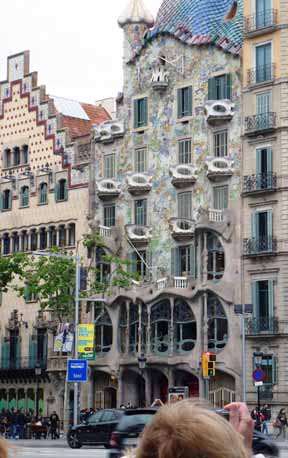
two houses side-by-side by Gaudi
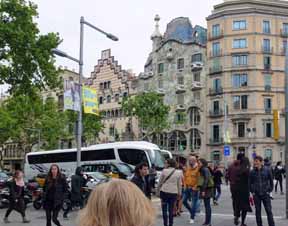

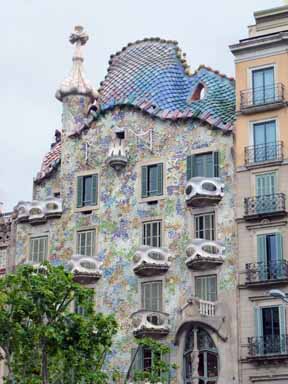
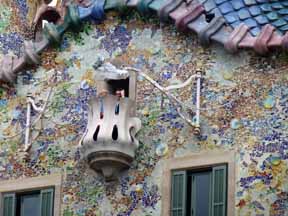
Casa Batló by Gaudi - the dragon is covering the roof - balconies represent the cheekbones of the sacrificed maidens - the turret and spire are the sword of Saint George, slaying the dragon
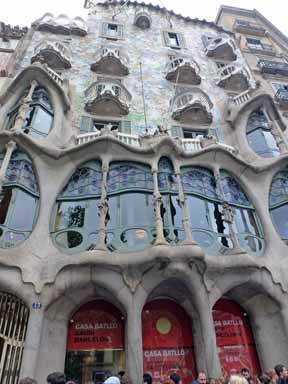

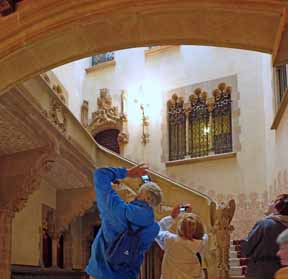
the interior of the house next to Casa Batló, also by Gaudi

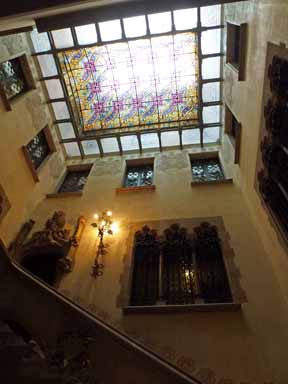
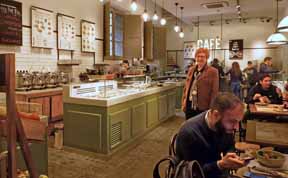
a lovely store and café in the house next to Casa Batló

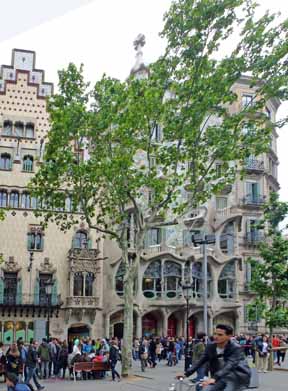
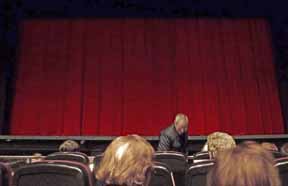
The massive UNESCP World Heritage Site is the unfinished masterpiece of Catalan architect Antoni Gaudi. While the construction of the church began in 1882, the colossal structure isn’t scheduled for completion until 2026. Originally started by architect Francisco de Paula del Villa, Gaudi took over in 1883 and then devoted his entire life to its construction. When he died in 1926 after nearly 43 years of work on the basilica, the project was only 15% completed. At first blush, the breathtaking mixture of Gothic and geometric Art Nouveau forms appear to be dripping in melted wax, but closer inspection reveals a meticulous stone tapestry depicting the life and acts of Jesus Christ. Once completed, the church will accommodate some 13,000 worshipers.

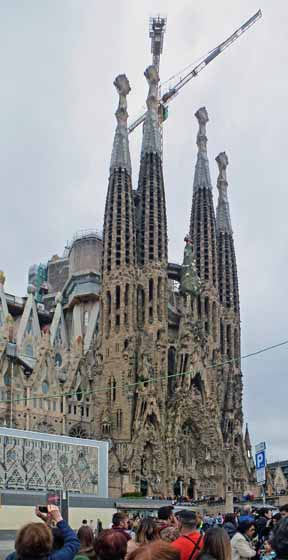
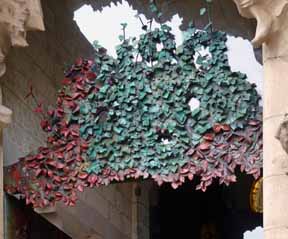
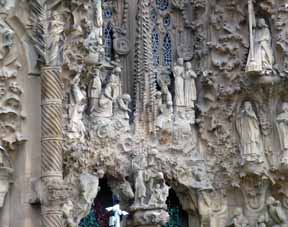

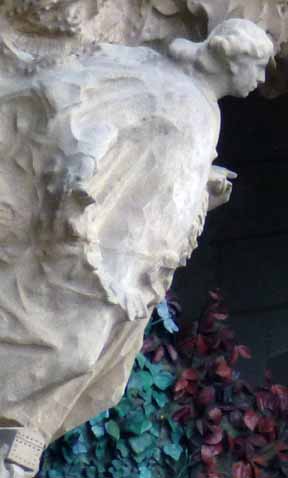
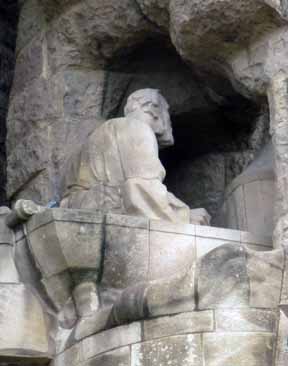
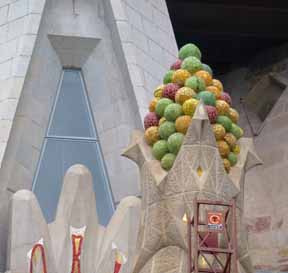
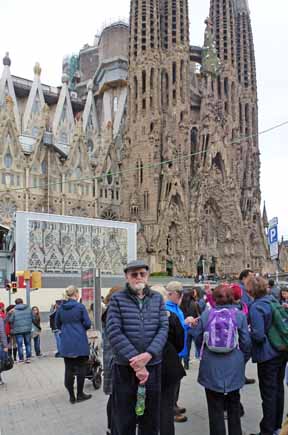
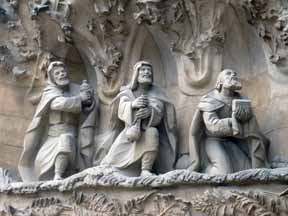
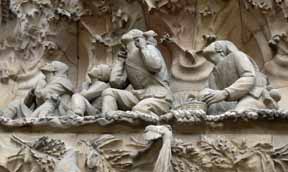
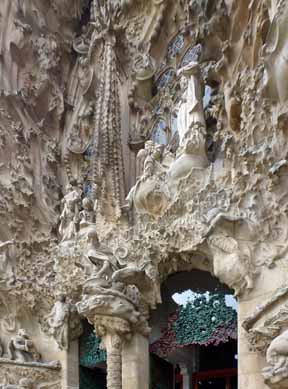
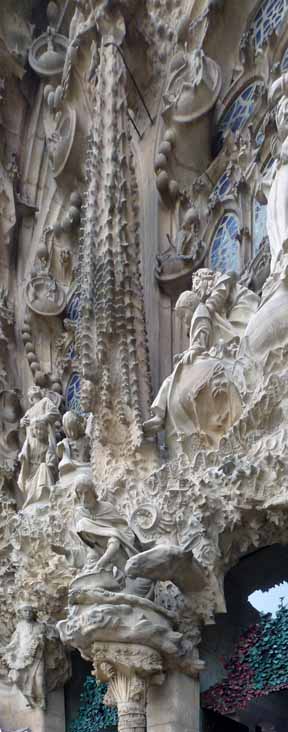
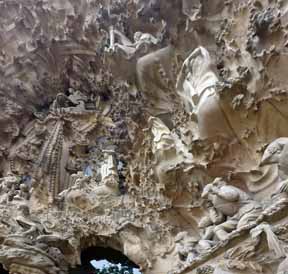
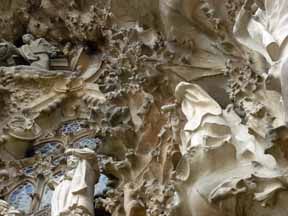
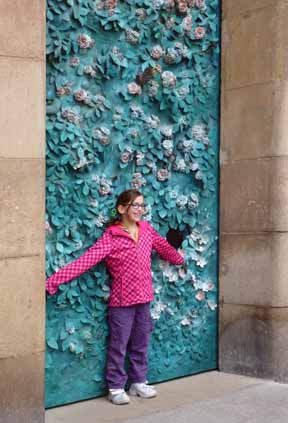
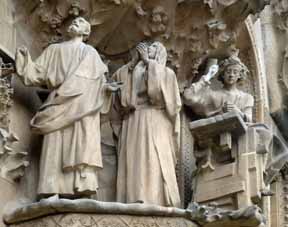
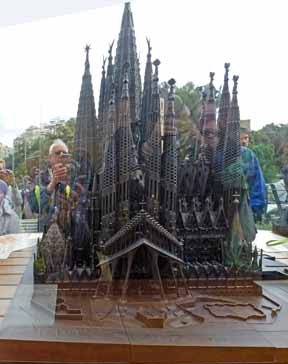
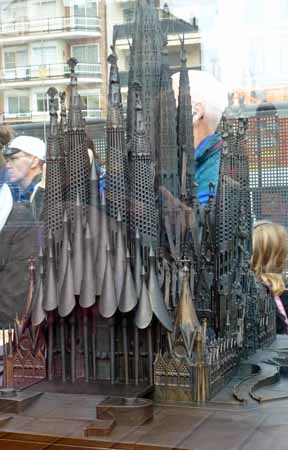
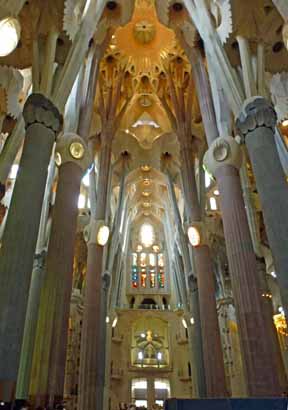
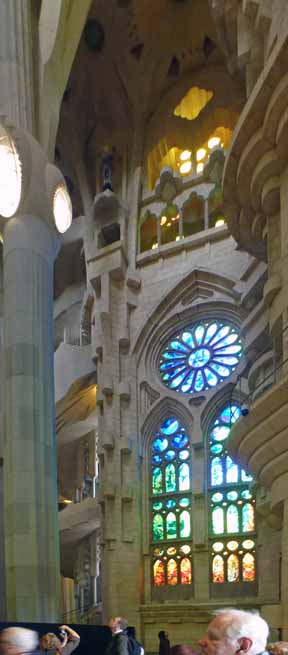


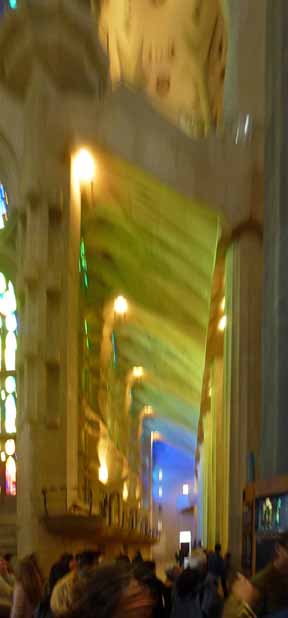

it is the only representational art in the building
